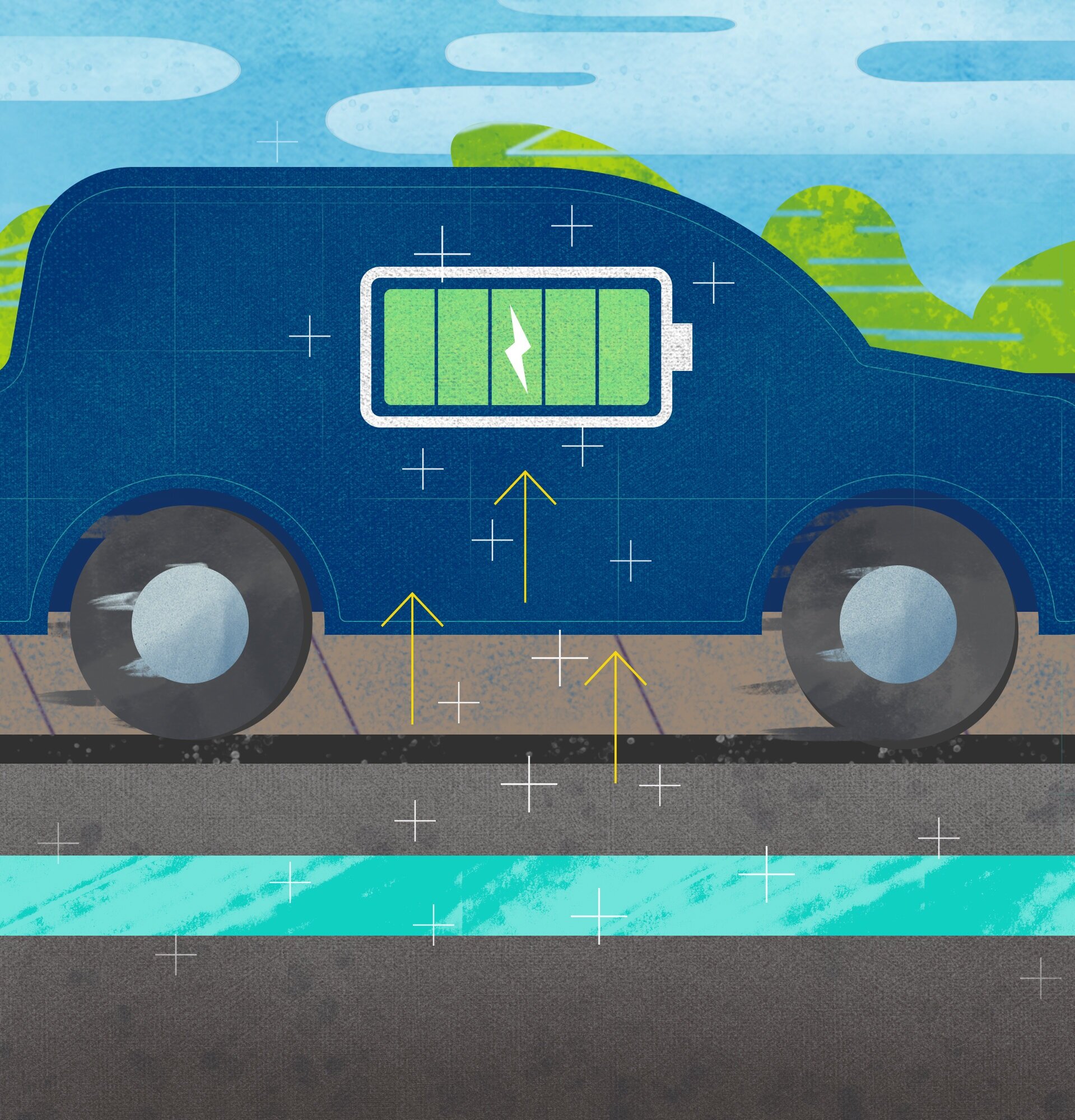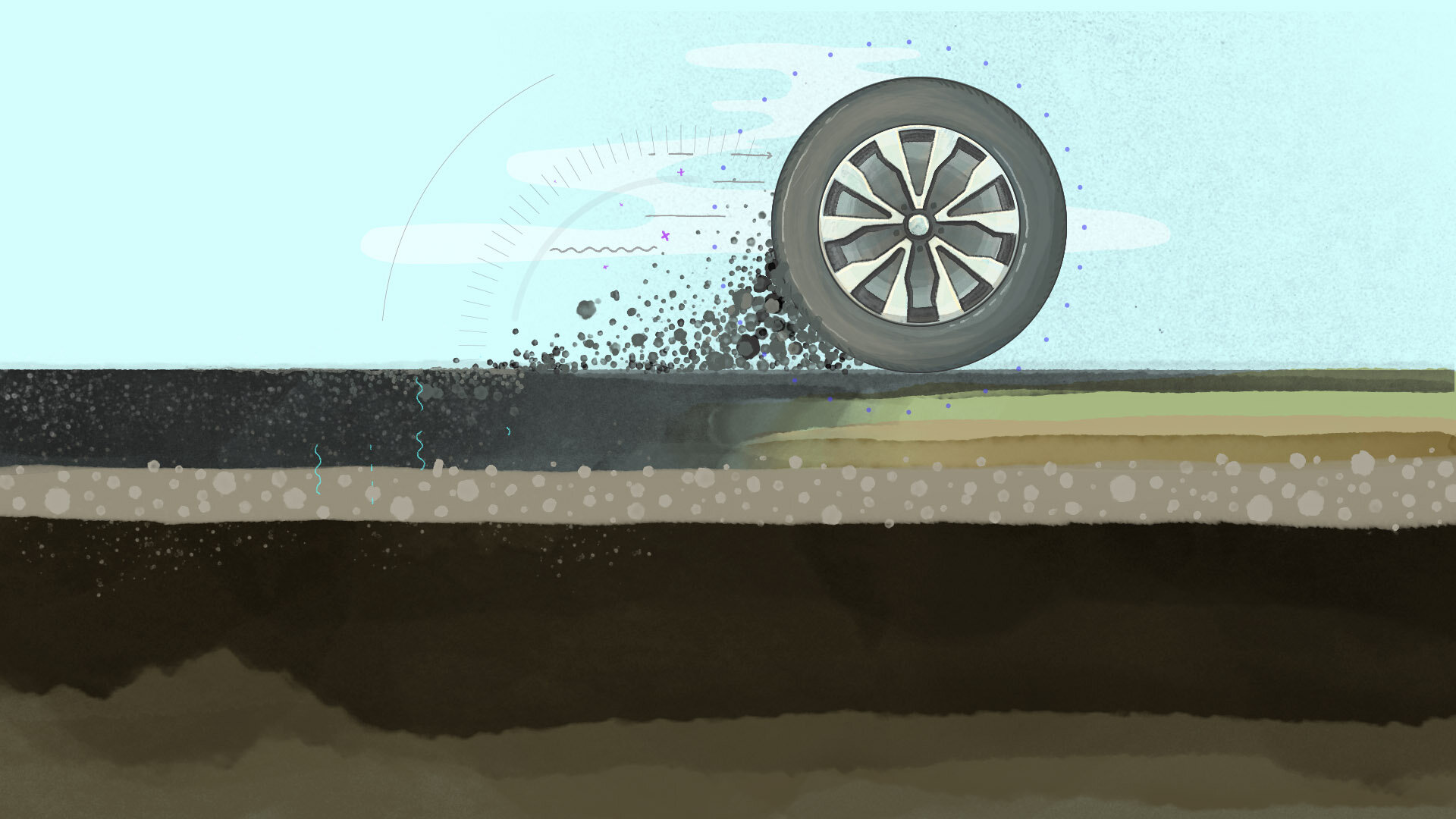What is a regenerative highway?
“I do this work in the company of other women, which makes it even more unique and special...I think this is a moment for equity in transportation, where women in particular have the opportunity, have the open door, have the motivation, have the support and their own inspiration to learn about these new technologies and to lead in innovating the infrastructure.”
Allie Kelly is an Atlanta Georgia native helping us to see highways and roadways in a regenerative way. Her vision for the future is regenerative highways, highways that are smart, that are safe for all of us to use and travel on, that are sustainable and in sync with the environment instead of damaging. Allie is helping us see how our use of the highways can be joyful again.
How can we make driving joyful again?
Back in 2015 “The Ray” was dedicated to Ray Anderson, the CEO and founder of interface carpet company. A billion dollar carpet tile company. In the early 1990’s he came to understand that he was using limited natural resources to create everything about his carpet tiles. He called himself “a plunderer of the Earth” so then he pioneered a circular economy and sustainability within his company. His goals in the early 90s were to, by 2020, be zero carbon, zero waste to landfill, rely on more on waste water re-use and utilize renewable energies wherever they can. He didn’t know how they were going to accomplish this when he set these goals, but he surrounded himself with people who would help him get there. Ray passed away in 2011, but in 2019 his company announced that they had accomplished all of his goals. They have now moved on to more goals that Ray would approve of, including carpet that actually sequesters carbon from the environment.
How does carpet relate to sustainable highways? When Ray passed away, his daughter Harriet Anderson Langford, decided to designate a stretch of highway in west Georgia as the Ray C. Anderson memorial highway. Harriet went back home after a successful dedication ceremony and relaxed with a glass of wine on her porch with her husband. After a few moments she exclaimed something like, “ oh hell phill, I just put the name of the greenest industrialist of the century on a damn dirty highway!” This got her thinking, how can we make highways more sustainable?
The Ray is converting empty, unused land next to highways into solar farms and pollinator gardens full, including some with edible plants.
Harriet then leveraged philanthropy through the Ray C. Anderson foundation to create a sustainable highway dream. The Ray is a proving ground for the evolving technologies of today. Today the Ray shows the way forward for a regenerative highway.
They’ve introduced the first solar road in the US, partnering with a French company called watt way, which utilizes the exposed surfaces of highways that are sitting in the sun to generate clean energy. There is a megawatt solar power plant built on one triangle at the interchange. Its 5 acres of land that was not in use before and is now generating solar energy that is directed straight into the grid. This 5 acres was empty, compact clay dirt and now in addition to the solar panels, there are pollinator plants next to and underneath the solar panels. You can find 18 miles of native wildflower meadows in support of pollinators. This project has proven to the Department of Transportation that they can do more with the resources they have than just allow these vacant lots around the highway to sit as eye sores.
The Ray also has 4 lane miles of highway where a portion of the asphalt is created using recycled rubber from old tires. Tires do not break down in landfills and that is a massive waste problem since we are throwing away 300 million tires every year in America alone.
What other infrastructure do we find along highways that can be made to be regenerative? Rest stops! There is a solar powered EV charging station that is completely free to use and at one of their rest stops is their most popular project The Ray has to date, their tire service site. About 2 billion gallons of gas is wasted every year in the US because our tires aren’t right. At this tire stop, you don’t even have to get out of your car or get your hands dirty. The technology they have allows you to drive through the station at a low speed while your tire data is collected and analyzed and given to drivers to help keep tires well maintained. Fuel saving, life saving, and more efficient.
Do you want cleaner, greener highways in the future?
Thanks for taking this journey with us onto “The Ray.” Allie has helped us realize the potential our roadways and the lands surrounding them have to benefit the planet. We hope you have become more passionate about the use of these public spaces that can be doing so much more for our communities and our planet. We are so grateful to The Ray for showing us the way forward.






























